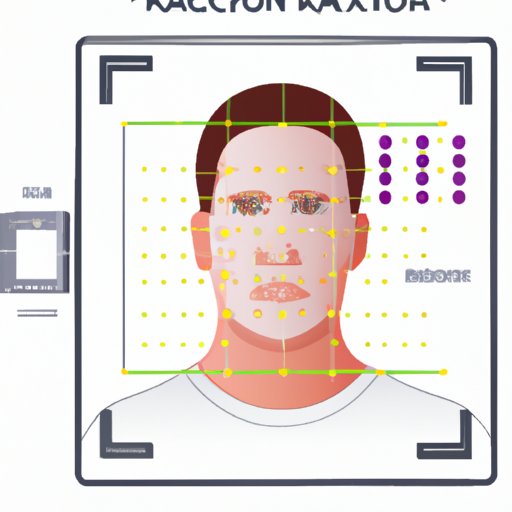Overview of Facial Recognition Technology
Facial recognition technology is a form of biometric identification that uses automated methods to identify and verify a person’s identity based on their physical characteristics. It is used in a variety of industries, from security and surveillance to law enforcement, access control, retail, customer service, healthcare, automation, and robotics.
Definition of Facial Recognition Technology
Facial recognition technology is a computer-based system that uses algorithms to analyze images of an individual’s face and generate a unique numerical code that can be used to identify them. This numerical code is known as a “faceprint” or “facial template.” Facial recognition systems use these faceprints to compare individuals against a database of stored faceprints to verify their identity.
History and Development of Facial Recognition Technology
The first facial recognition system was developed in the 1960s by researchers at Carnegie Mellon University. Since then, the technology has evolved significantly, with advancements in artificial intelligence and machine learning making facial recognition more accurate and efficient. According to a recent study by Grand View Research, Inc., the global facial recognition market size was valued at USD 3.2 billion in 2019 and is expected to reach USD 7.76 billion by 2027.
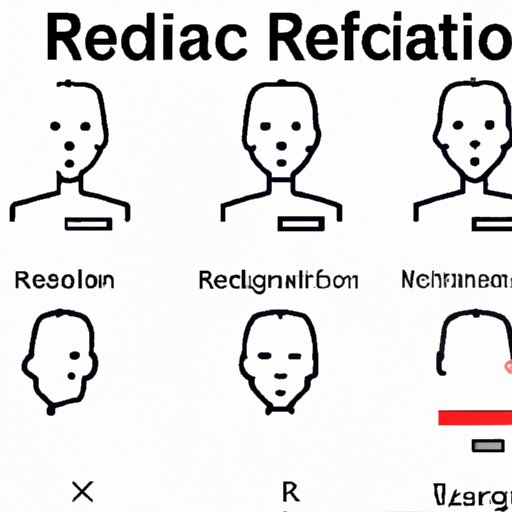
Current State of Facial Recognition Technology
Facial recognition technology has become increasingly popular in recent years, with more organizations utilizing the technology for security and surveillance, law enforcement, access control, retail, customer service, healthcare, automation, and robotics. In addition, the use of facial recognition technology is becoming more widespread in social media platforms such as Facebook and Snapchat, as well as in mobile phones.
How Facial Recognition Technology Works
Facial recognition technology relies on a few key components, including cameras, software, and databases. Cameras capture images of an individual’s face, which are then analyzed by software using facial recognition algorithms. The algorithms generate a unique numerical code, or faceprint, which is compared against a database of stored faceprints to verify the individual’s identity.
Examples of Facial Recognition Algorithms
Facial recognition algorithms are designed to detect certain features on an individual’s face, such as the shape of their eyes, nose, and mouth, as well as other distinguishing characteristics. Common facial recognition algorithms include Eigenfaces, Fisherfaces, Local Binary Patterns (LBPs), and Scale Invariant Feature Transform (SIFT).
Types of Facial Recognition Technologies
There are two main types of facial recognition technologies: 2D and 3D. 2D facial recognition technology uses two-dimensional images, such as photos taken with a camera, while 3D facial recognition technology uses three-dimensional scans of an individual’s face, such as those taken with a 3D scanner.
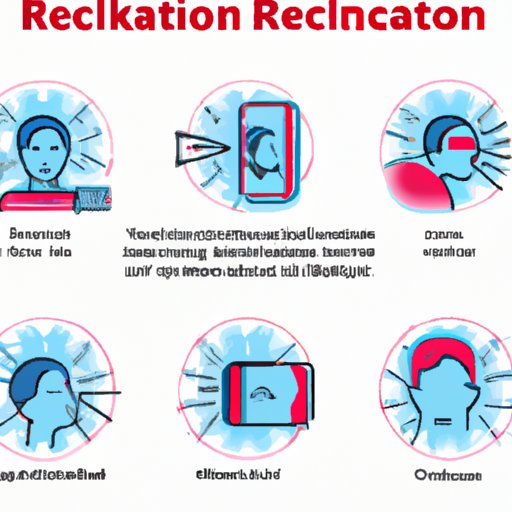
Benefits and Drawbacks of Facial Recognition Technology
Facial recognition technology offers several advantages, including improved accuracy and reliability, reduced costs, and increased efficiency. However, there are also some drawbacks to the technology, such as privacy concerns and potential for abuse and misuse.
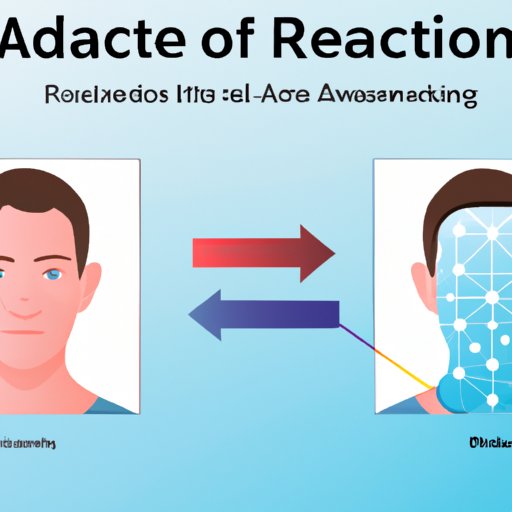
Advantages of Facial Recognition Technology
One of the major advantages of facial recognition technology is its accuracy and reliability. According to a study conducted by the National Institute of Standards and Technology, facial recognition algorithms have an accuracy rate of up to 99.97%, making them more accurate than other biometric identification methods such as fingerprint scanning.
Disadvantages of Facial Recognition Technology
Despite its many benefits, facial recognition technology also carries some risks. For example, there are privacy implications associated with the use of facial recognition technology, as it can be used to collect and store large amounts of personal data without the individual’s knowledge or consent. Additionally, there is the potential for abuse and misuse of the technology, as it could be used to target and track individuals without their knowledge.
Applications of Facial Recognition Technology
Facial recognition technology is used in a variety of industries, including security and surveillance, law enforcement, access control, retail, customer service, healthcare, automation, and robotics. In the security and surveillance industry, facial recognition technology is used to identify and track individuals in public spaces, such as airports, train stations, and shopping malls. In the law enforcement industry, facial recognition technology is used to identify suspects and locate missing persons. In the access control industry, facial recognition technology is used to authenticate individuals and grant access to premises. In the retail and customer service industries, facial recognition technology is used to improve customer experiences by identifying customers and providing personalized services. In the healthcare industry, facial recognition technology is used to improve patient safety and reduce fraud. In the automation and robotics industry, facial recognition technology is used to enable robots to recognize and interact with humans.
Ethical Considerations Surrounding Facial Recognition
The use of facial recognition technology raises a number of ethical considerations, such as the accuracy and reliability of the technology, the privacy implications of collecting and storing facial data, and the potential for abuse and misuse of the technology. It is important to consider these ethical issues when implementing facial recognition technology.
Accuracy and Reliability of Facial Recognition
Facial recognition technology has come a long way in terms of accuracy and reliability, but there is still room for improvement. Inaccurate results can lead to false positives or false negatives, which can have serious consequences for individuals. Therefore, it is important to ensure that facial recognition systems are tested and calibrated regularly to ensure accuracy and reliability.
Privacy Implications of Facial Recognition
The use of facial recognition technology raises privacy concerns, as it can be used to collect and store large amounts of personal data without the individual’s knowledge or consent. Organizations must take steps to ensure that data collected through facial recognition systems is secure and not shared with third parties without the individual’s consent.
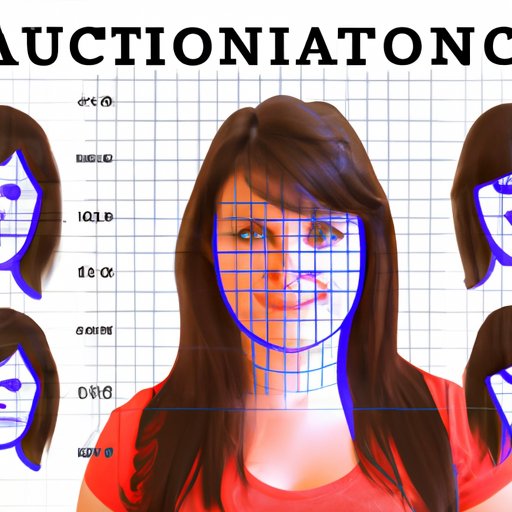
Potential for Abuse and Misuse of Facial Recognition
The potential for abuse and misuse of facial recognition technology is a major concern. There have been reports of facial recognition technology being used to target and track individuals without their knowledge, and there is potential for this technology to be used for discriminatory purposes. It is important to ensure that facial recognition technology is used responsibly and ethically.
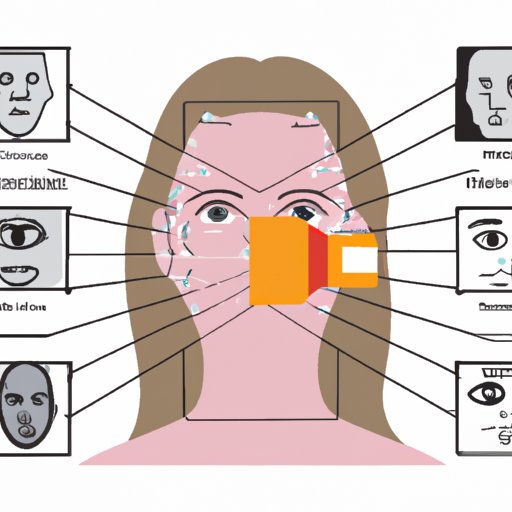
Potential Future Developments of Facial Recognition Technology
Facial recognition technology is constantly evolving, and there are a number of potential future developments. Technological advancements such as artificial intelligence and machine learning will make facial recognition systems more accurate and efficient. Additionally, the expansion of applications, such as the use of facial recognition in banking and financial services, will further increase the prevalence of the technology.
Privacy Implications of Facial Recognition Technology
The privacy implications of facial recognition technology are a major concern, as it can be used to collect and store large amounts of personal data without the individual’s knowledge or consent. Organizations must be aware of applicable laws and regulations regarding the collection and storage of facial data, as well as the sharing and use of this data. Additionally, organizations should consider developing policies and procedures to protect the privacy of individuals whose data is being collected.
Conclusion
Facial recognition technology is a powerful tool that has a wide range of applications in industries such as security and surveillance, law enforcement, access control, retail, customer service, healthcare, automation, and robotics. However, it is important to consider the ethical implications of the technology, such as privacy concerns, accuracy and reliability, and potential for abuse and misuse. Additionally, organizations should be aware of applicable laws and regulations regarding the collection and storage of facial data, as well as the sharing and use of this data. As facial recognition technology continues to evolve, it is essential to ensure that it is used responsibly and ethically.
(Note: Is this article not meeting your expectations? Do you have knowledge or insights to share? Unlock new opportunities and expand your reach by joining our authors team. Click Registration to join us and share your expertise with our readers.)
